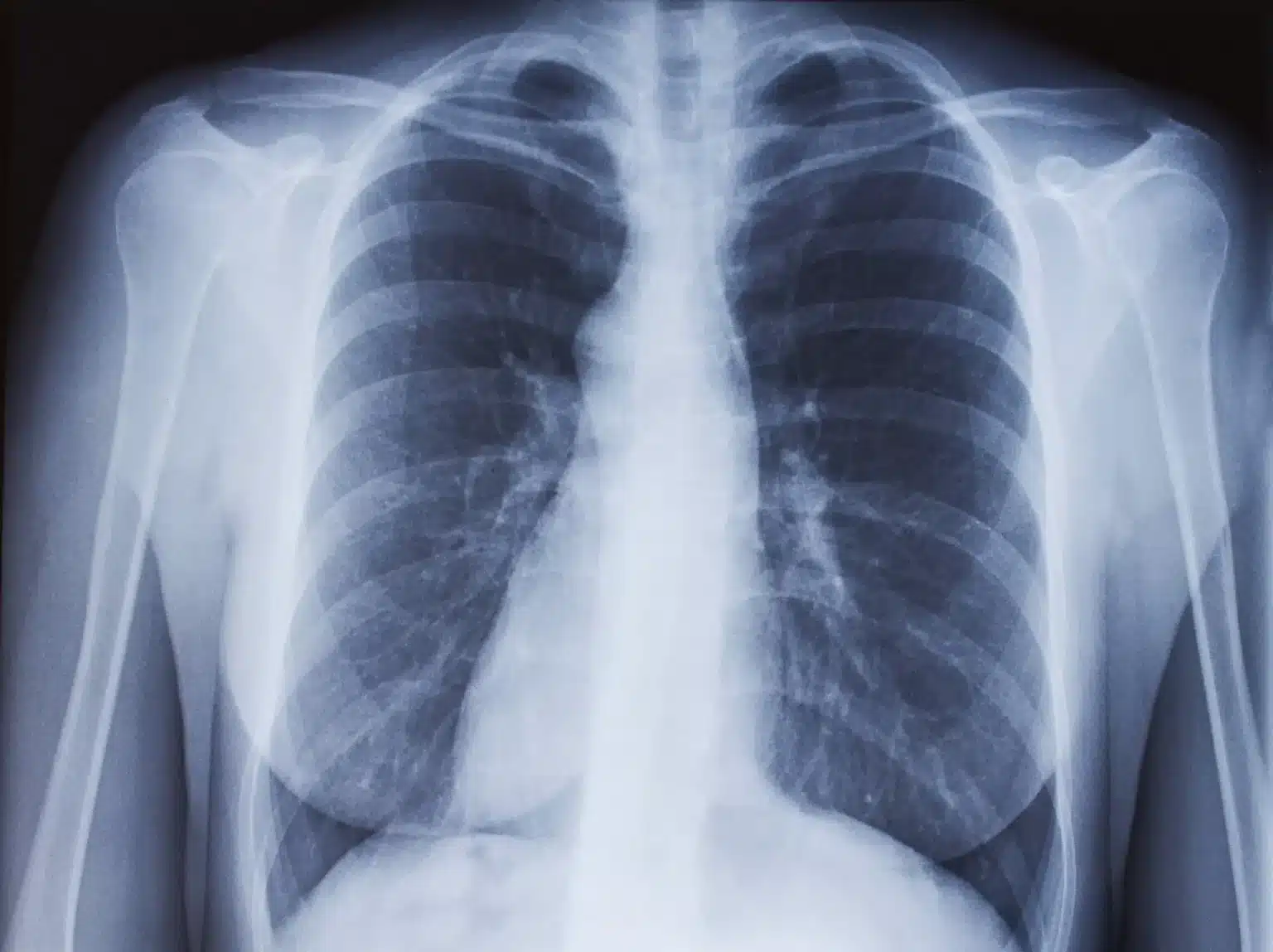Pseudomonas aeruginosa is the target of the treatment because it is a common cause of infections in hospitals and is a type of bacteria that is naturally resistant to many different antibiotics.

Table of Contents
The first “living medicine” to treat lung infections has been created by researchers.
To treat the condition, a strain of the bacterium Mycoplasma pneumonia that has been altered to attack P. aeruginosa rather than cause disease is used. Low doses of antibiotics that would not otherwise be effective alone are combined with the modified bacteria.
Researchers examined the treatment’s effectiveness in mice and discovered that it significantly decreased lung infections. Compared to not receiving any treatment, the “living medicine” increased the mouse survival rate by twofold.No toxicity was visible in the lungs following the administration of a single, high dose of the medication. The modified bacteria were eradicated by the innate immune system four days after the course of treatment was complete.
The research was funded by the “la Caixa” Foundation’s CaixaResearch Health call and published in the journal Nature Biotechnology. The Institute of Agrobiotechnology (IdAB), a joint research facility of Spain’s CSIC and the government of Navarre, the Institut d’Investigacions Biomèdiques August Pi i Sunyer (IDIBAPS), the Hospital Clinic de Barcelona, and the Centre for Genomic Regulation (CRG) were all involved in the study.
Due to the bacteria’s ability to live in communities known as biofilms, aeruginosa infections are challenging to treat. Biofilms are impenetrable structures that can form on a variety of body surfaces and resist antibiotic treatment.
When critically ill patients using mechanical ventilators for breathing use endotracheal tubes, aeruginosa biofilms may develop on their exteriors. This causes ventilator-associated pneumonia (VAP), which affects one in four (9-27%) intubation patients. Patients who require intubation because of severe COVID-19 have a frequency of over 50%. Up to one in eight patients (9–13%) die from VAP, which can lengthen the time spent in an intensive care unit by up to thirteen days.
By giving M. pneumoniae the ability to produce various molecules, including pyocins, which are toxins naturally produced by bacteria to kill or inhibit the growth of Pseudomonas bacterial strains, the study’s authors engineered M. pneumoniae to dissolve biofilms.
To evaluate the efficacy of the treatment, P. aeruginosa biofilms were removed from the endotracheal tubes of patients in intensive care units. They discovered that the remedy penetrated the defense and successfully eliminated the biofilms.
Antibiotic-resistant bacteria are encircled by a battering ram that we have developed. By making holes in their cell walls, the treatment creates vital access points for antibiotics to invade and eradicate infections at their root. According to Dr. Mara Lluch, Chief Scientific Officer at Pulmobiotics, co-corresponding author of the study, and principal investigator at the International University of Catalonia, “we think this is a promising new approach to address the major cause of mortality in hospitals.”.
The researchers will conduct additional studies before moving on to the clinical trial stage with the intention of using “living medicine” to treat VAP. A nebulizer, a machine that turns liquid medication into a mist that is then inhaled through a mouthpiece or a mask, will likely be used to administer the treatment.













